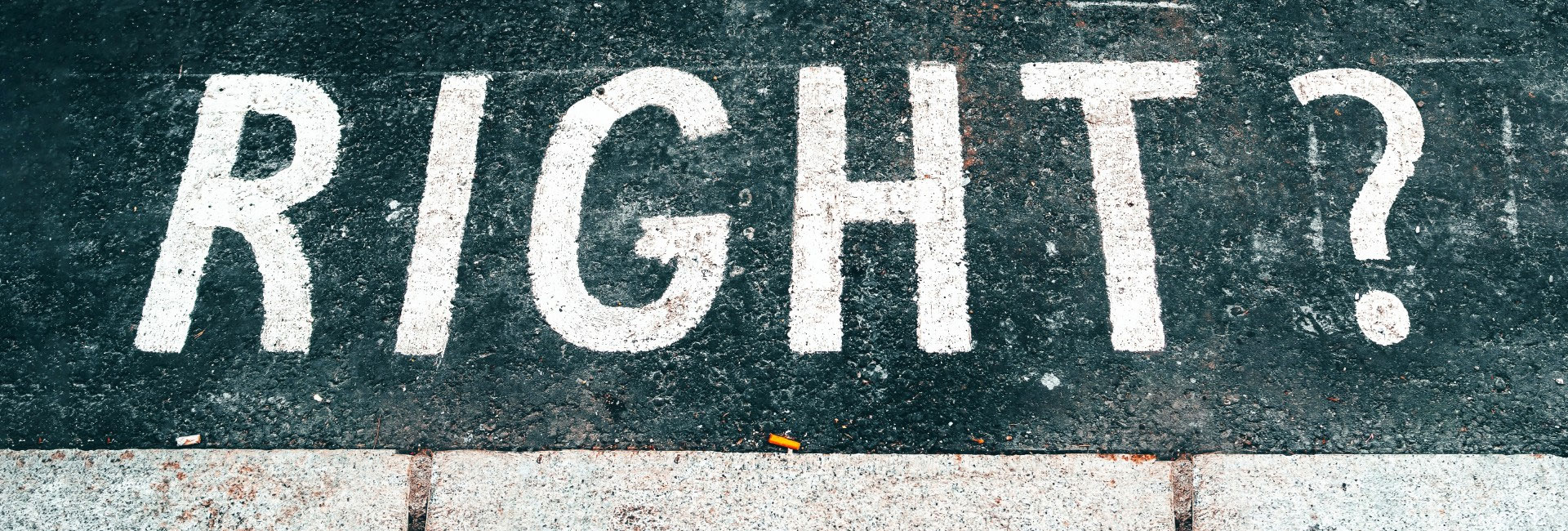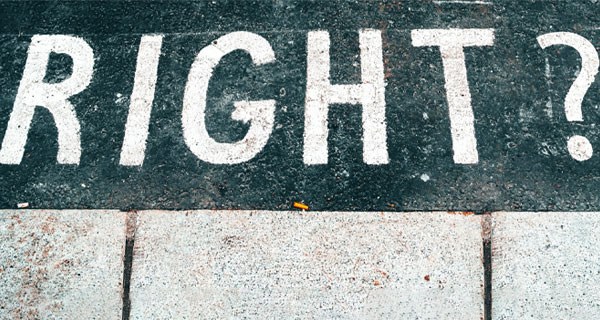
Used under a Creative Commons Licence
Copyright or Wrong – Ownership Issues
Copyright is one of those legal topics that seems straightforward—until it isn’t.
In Australia, copyright ownership can quickly become a tangled web, especially when there’s money, creativity, or business interests involved. Whether you’re a photographer, a business owner, or someone hiring a designer, understanding who actually owns the copyright to a work is crucial. Let’s break down the essentials, explore some real-life case studies, and see why getting legal advice early can save you a world of trouble.
Who Really Owns Copyright in Australia?
In Australia, copyright is automatically granted to the creator of an original work as soon as it’s put into a tangible form. That means if you write a song, snap a photo, or design a logo, you own the copyright from the moment you create it. But there are some important exceptions. If you’re an employee and you create something as part of your job, your employer usually owns the copyright. On the other hand, if you’re a freelancer or contractor, you generally keep the copyright—even if someone else paid you to create the work—unless there’s a written agreement that says otherwise.
This is where many people get caught out. It’s a common misconception that paying for a work automatically gives you ownership of the copyright. In reality, unless you have a clear, written agreement transferring the rights, the creator keeps them.
Why Copyright Ownership Matters
Imagine spending thousands on a new website, only to discover you don’t actually own the images or code. Or picture hiring a photographer for your business, then being told you can’t use the photos for marketing because you don’t have the copyright. These situations aren’t just hypothetical—they happen. Without clear agreements, you might find yourself unable to use, modify, or even display the work you thought you owned. Worse still, you could be accused of copyright infringement and face legal action.
Real-World Case Studies
To see how these issues play out in practice, let’s look at a few Australian examples.
Take the case of a bridal dress retailer who hired a professional photographer for a campaign. Everything seemed fine until the retailer’s partner business used one of the photos on social media. Suddenly, the photographer was accused of copyright infringement. The problem? There was no written agreement about who owned the photos. Under Australian law, the photographer kept the copyright, and the retailer only had a licence to use the images for certain purposes. A simple contract could have avoided the confusion and stress.
Then there’s the story of Australia’s iconic rock photographers and a newspaper. When the newspaper publisher outsourced archiving its photo collection, some images ended up with an overseas art dealer and were sold without the photographers’ permission. The photographers were forced to fight for their rights, highlighting how easily copyright can slip through the cracks when ownership isn’t clearly documented.
Another striking example is the famous “carpets case,” where Indigenous artists found their traditional artworks copied onto imported carpets. The court not only awarded damages but also ordered the destruction of the infringing carpets, recognising the deep cultural and economic harm caused. This case shows that copyright isn’t just about money—it’s about respecting the creator’s rights and heritage (Milpurrurru v Indofurn Pty Ltd)
And as technology evolves, new issues arise. With artificial intelligence generating more content, questions about ownership are becoming more complex. In Australia, copyright only covers works with human authorship, so if an AI creates something without meaningful human input, it may not be protected at all. This is an area where legal advice is absolutely essential, especially for businesses investing in AI-generated content. Read more here: AI and Copyright in Australia: What Artists and Businesses Need to Know and Australian copyright in the age of AI: A photographer’s survival guide and Copyright, AI and Artists.
What Should You Do If a Copyright Dispute Arises?
If you find yourself in a copyright dispute, try and get legal advice so you don’t say something on the record which goes against you. A lawyer can help you understand your rights, draft a letter of demand if needed, and guide you through the next steps. Remember, making unfounded claims of infringement can backfire, so always get professional guidance before taking action.
How to Avoid Copyright Headaches
The best way to steer clear of copyright problems is to be proactive. Always use written agreements that clearly state who owns the copyright and how the work can be used. Don’t assume that paying for a work gives you ownership—get it in writing. If you’re working with collaborators or commissioning creative work, discuss copyright at the outset and document your agreement.
For businesses, keeping good records and understanding the difference between employees and contractors can make a big difference. And as new technologies like AI come into play, stay informed and seek advice when you’re unsure.
As we can see, copyright ownership in Australia isn’t always black and white, but with a bit of knowledge and the right advice, you can protect your creative assets and avoid costly disputes.
It’s the best way to make sure your copyright is right—not wrong.
Please note the above article is general in nature and does not constitute legal advice.
Please email us info@iplegal.com.au if you need legal advice about your brand or another legal matter in this area generally.


